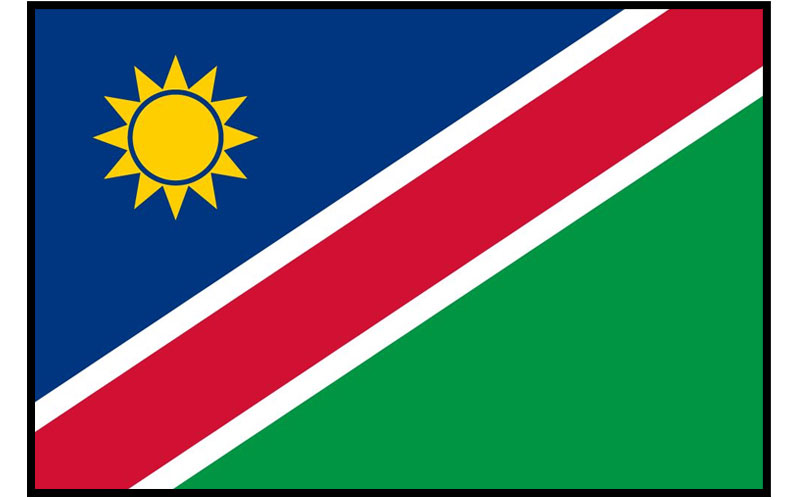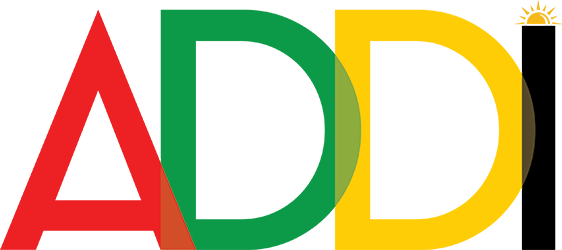
President: Hage Geingob (2015)
Prime Minister: Saara Kuugongelwa-Amadhila (2015)
Total area: 318,694 sq mi (825,418 sq km)
Population (2013 est.): 2,182,852 (growth rate: 0.817%); birth rate: 21.11/1000; infant mortality rate: 45.61/1000; life expectancy: 52.17
Capital and largest city (2009 est.): Windhoek, 342,000.
Monetary unit: Namibian dollar
Languages: English 7% (official), Afrikaans is the common language of most of the population and of about 60% of the white population, German 32%; indigenous languages: Oshivambo, Herero, Nama: 1%
Ethnicity/race: black 87.5%, white 6%, mixed 6.5%. Note: about 50% of the population belong to the Ovambo tribe and 9% to the Kavangos tribe; other ethnic groups are Herero 7%, Damara 7%, Nama 5%, Caprivian 4%, Bushmen 3%, Baster 2%, Tswana 0.5%
Religions: Christian 80%–90% (Lutheran at least 50%), indigenous beliefs 10%–20%
National Holiday: Independence Day, March 21
Literacy rate: 88.8% (2010 est.)
Economic summary: GDP/PPP (2012 est.): $16.84 billion; per capita $7,800. Real growth rate: 4%. Inflation: 5.8%. Unemployment: 51.2%. Arable land: .99%. Agriculture: millet, sorghum, peanuts, grapes; livestock; fish. Labor force: 818,600; agriculture 16.3%, industry 22.4%, services 61.3% (2008 est.). Industries: meatpacking, fish processing, dairy products; mining (diamonds, lead, zinc, tin, silver, tungsten, uranium, copper). Natural resources: diamonds, copper, uranium, gold, lead, tin, lithium, cadmium, zinc, salt, vanadium, natural gas, hydropower, fish; note: suspected deposits of oil, coal, and iron ore. Exports: $4.657 billion (2012 est.): diamonds, copper, gold, zinc, lead, uranium; cattle, processed fish, karakul skins. Imports: $5.762 billion (2012 est.): foodstuffs; petroleum products and fuel, machinery and equipment, chemicals. Major trading partners: South Africa, U.S. (2006).
Communications: Telephones: main lines in use: 140,000 (2011); mobile cellular: 2.24 million (2011). Broadcast media: 1 private and 1 state-run TV station; satellite and cable TV service is available; state-run radio service broadcasts in multiple languages; about a dozen private radio stations; transmissions of multiple international broadcasters are available (2007). Internet Service Providers (ISPs): 78,280 (2012). Internet users: 127,500,600 (2009).
Transportation: Railways: total: 2,626 km (2008). Highways: total: 64,189 km; paved: 5,477 km; unpaved: 58,712 km (2010). Ports and harbors: Luderitz, Walvis Bay. Airports: 112 (2012).
Fun Facts
- Namibia is one of the youngest countries in Africa
- Fish River Canyon is the oldest canyon in the world
- Largest amount of free-roaming cheetahs
- Namibia, known as the “Gem of Africa”, is a unique place for eco-tourists. Much of Namibia is as it was centuries ago. Due to this, it has a host of natural wonders and amazing places.
- The Namib desert, at 80 million years, is the world’s oldest desert. Namib means “open space”.
- Dragon’s Breath in Namibia is the largest underground lake in the world.
- Namibia has more than 300 days of sunshine per year.
- Hoba Meteorite, discovered in the 1920s, is the largest known meteorite in the world and situated 20 km from Grootfontein, Namibia. The meteorite is approximately 80 000 years old and its weight is more than 50 tons.
